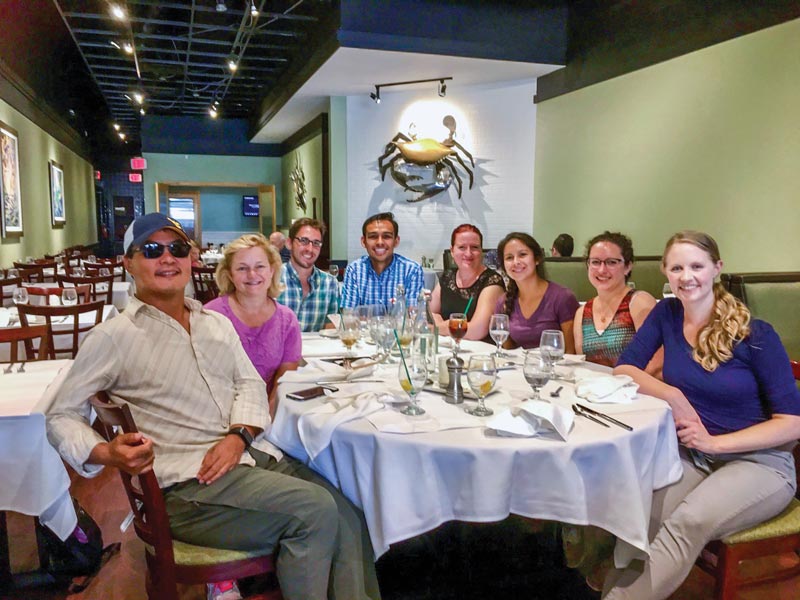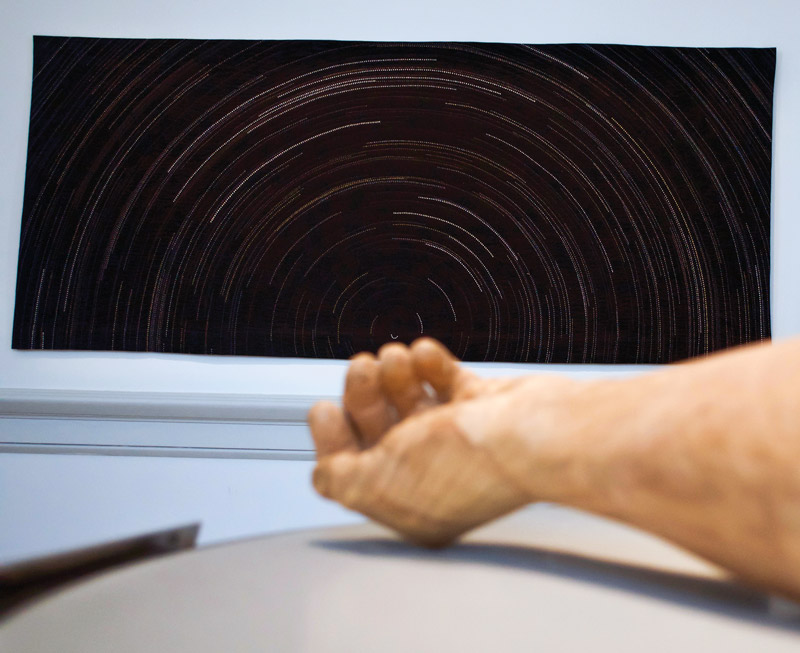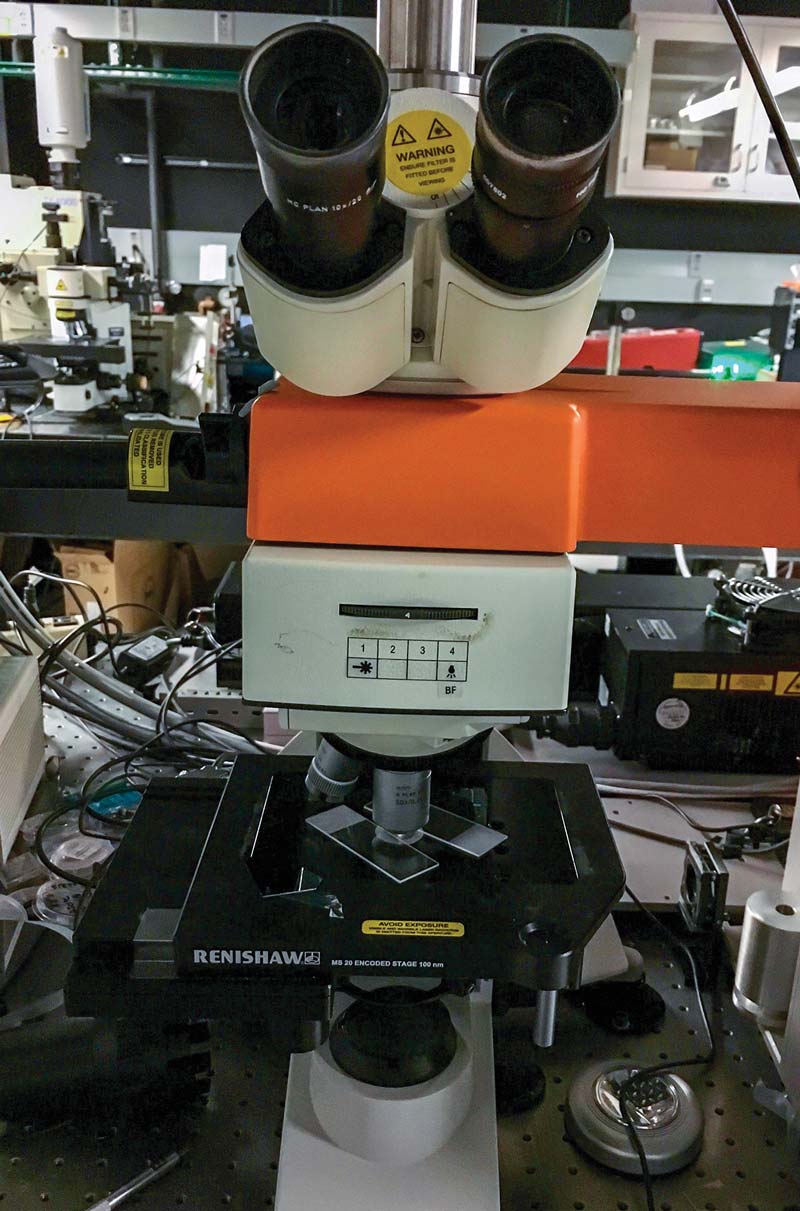MORE THAN AN INTERN: The NIST Experience
Spring
2019
Feature
MORE THAN AN INTERN: The NIST Experience
Luis Alejandro Royo Romero, 2017 SPS Intern & MS Student at Bowling Green State University
The National Institute of Standards and Technology (NIST) is one of the nation’s oldest physical science laboratories. From the name, you might assume that NIST is just a measurement agency, but it is so much more than that name implies. Much of the research carried out at NIST impacts people’s lives on a daily basis, from fare standards for rideshare services to reducing the impact of wildfires, to online security and cancer therapy. As a federal agency, NIST’s mission is to advance innovation and improve quality of life.
I spent the summer of 2017 as an SPS intern conducting research at NIST under Dr. Angela Hight Walker in the Physical Measurement Laboratory. I quickly learned that I would get out of my internship as much as I put in. I got hands-on experience with instruments I had only seen in textbooks, public-speaking practice in group meetings and colloquia, and mentorship from top scientists. Altogether, there were plenty of learning opportunities at NIST—all I had to do was be attentive and willing to learn.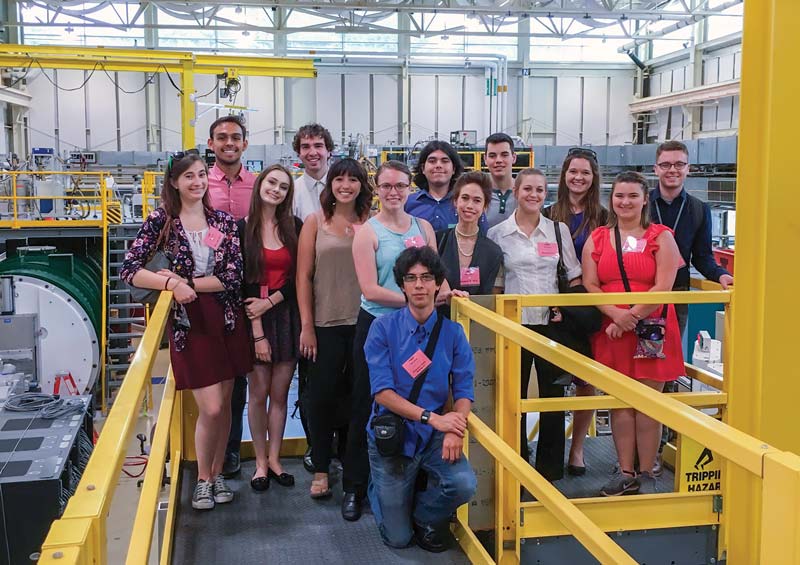
Yet my time at NIST also came with personal challenges. I was addressed as a colleague, not an intern, which felt amazing! However, I began to doubt myself when I didn’t know everything right away, often forgetting that I was there to learn. Additionally, I had to learn how to manage my time when using instruments. At a large facility like NIST, respecting the clock is a top priority because the equipment is often shared. It took a couple of weeks for me to realize I had to stop taking data with enough time to pack up and leave the room before the next person arrived. This was tough since I was eager to continue my research. 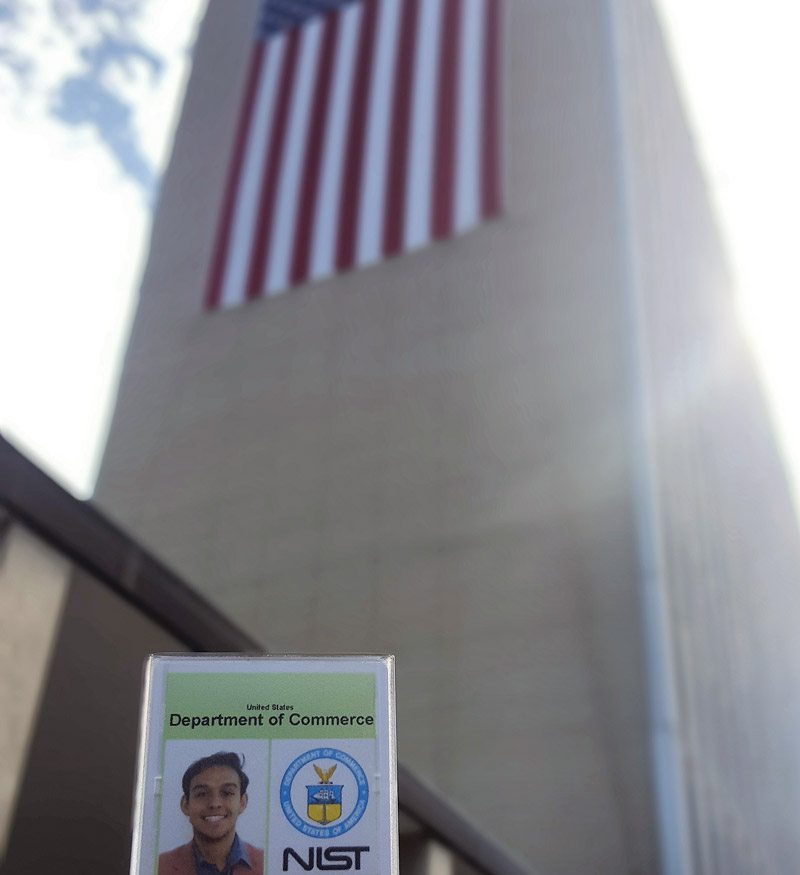
Ultimately, what made the most impact on me from my time at NIST was an understanding that science is not necessarily a 9-to-5 job. If you have a supportive research group and are passionate about your research—which I have always been—eight hours a day isn’t enough time. To this day, I wish I had been given extra time at NIST because the ten weeks just flew by.
My experience at NIST not only shaped me to become a better scientist but also revealed possibilities for my career path. I want to conduct high-impact research, mentor STEM students (especially underrepresented minorities), and give back to the community. I had thought that meant a career in academia. To my joyful surprise, however, I realized that my advisor, Dr. Walker, does all that at NIST. So now I know firsthand that I can pursue these things outside of academia with great mentors to help me along the way.
As I finish my master’s and apply to PhD programs, I no longer feel uncomfortable when someone outside STEM asks, “What are you going to do with that?” since my job possibilities are broad. I would never have known all my options if I had not explored options outside academia.
I would encourage all physics students to consider interning at NIST or another federal agency or national lab. The experience will challenge you to be the best version of yourself and grow as a scientist in your field. But keep in mind that the outcome of your time there depends on you. You will be working alongside the best of the best, so be open to new experiences, show initiative, and hold yourself to your highest standard. You may be just an intern now, but one day you could be a colleague. 